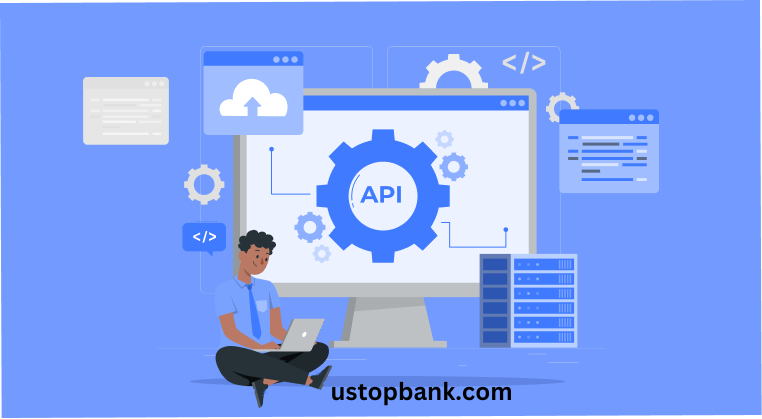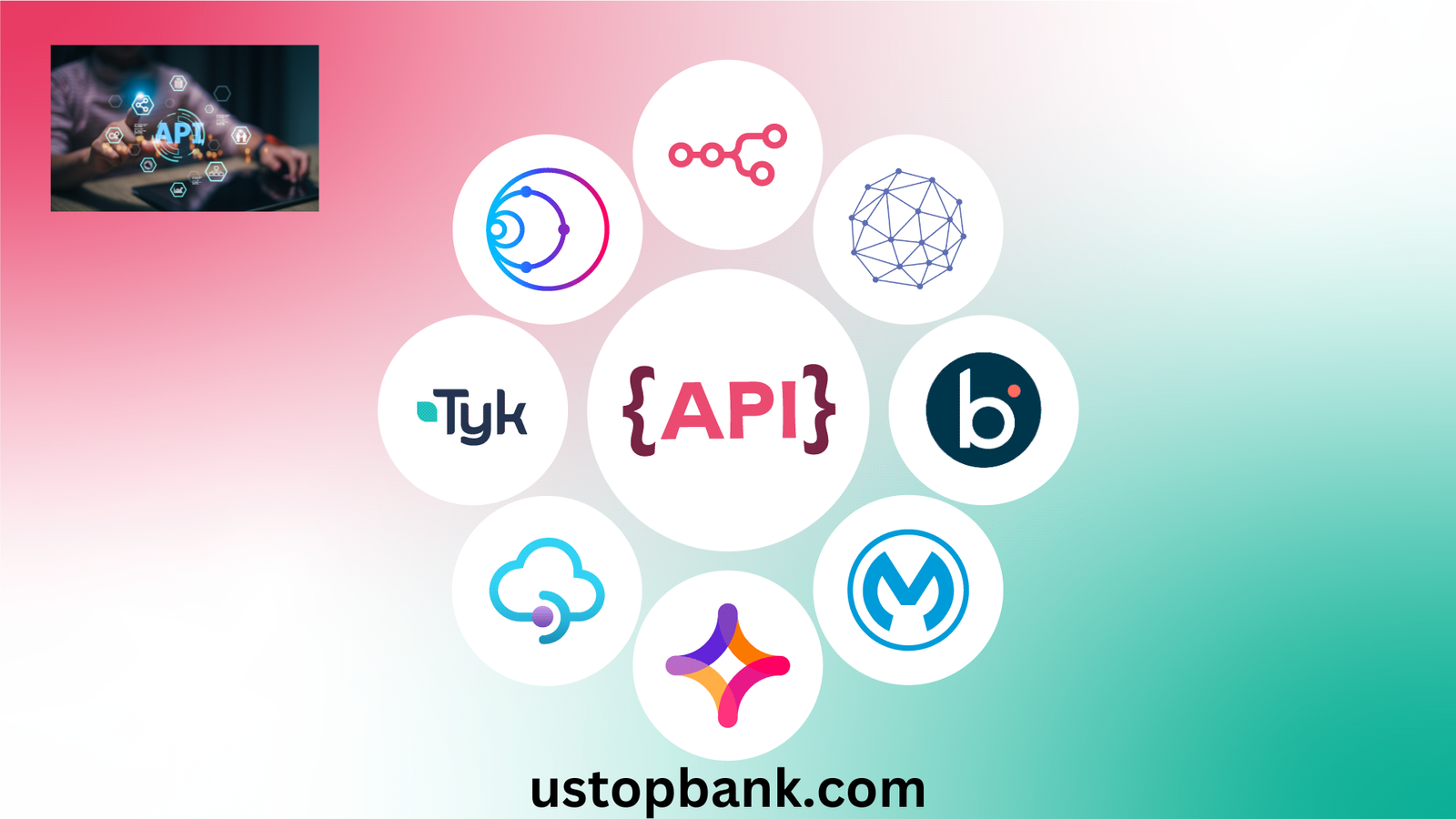1. Introduction to API Integration Platforms
In today’s fast-moving digital world, businesses use API integration platforms to improve workflows, connect different systems, and make data sharing easy. These platforms act as bridges, helping software applications, databases, and services communicate smoothly. This reduces manual work and improves efficiency.
As software systems become more complex, businesses need strong integration tools to connect their applications and automate tasks. From cloud computing to IoT devices, API integration platforms play a key role in digital transformation.
2. How API Integration Platforms Work
API integration platforms work as middlemen, allowing applications to communicate using APIs (Application Programming Interfaces). They support different protocols like REST, SOAP, and GraphQL to ensure smooth data exchange.
Key functions include:
- API Gateway – Directs API requests to the right services.
- Data Transformation – Converts data formats between systems.
- Security Layers – Provides authentication, authorization, and encryption.
- Workflow Automation – Automates processes using triggers and actions.
3. Benefits of Using API Integration Platforms
Businesses can gain several benefits from API integration platforms, such as:
- Better Efficiency – Automates repetitive tasks, reducing manual work.
- Scalability – Easily connects new applications as the business grows.
- Cost Savings – Cuts down development time and infrastructure costs.
- Security & Compliance – Ensures safe data sharing and follows industry regulations.
4. Types of API Integration Platforms
Businesses can choose from different types of API integration platforms:
- Cloud-Based Platforms – Hosted on the cloud, offering flexibility and scalability.
- On-Premise Solutions – Installed within an organization for better control.
- Hybrid Models – Combines cloud and on-premise features for optimized performance.
5. Key Features to Look for in API Integration Platforms
When selecting an API integration platform, consider these features:
- Pre-Built Connectors – Ready-to-use integrations with popular apps.
- Workflow Automation – Drag-and-drop tools for easy automation.
- Real-Time Monitoring – Tracks performance and provides analytics.
- Security & Compliance Tools – Includes encryption, OAuth authentication, and access controls.
6. Top API Integration Platforms in 2024
Some of the most popular API integration platforms are:
- Zapier – Easy to use, great for simple automation.
- MuleSoft – Ideal for large-scale enterprise integrations.
- Boomi – Cloud-native platform with AI-powered automation.
- Postman – A complete tool for API development and testing.
- Tray.io – A flexible, low-code integration platform.
7. Use Cases of API Integration Platforms
API integration platforms are used in various industries to automate processes and improve data sharing.
E-commerce & Payment Gateways
- Online stores integrate APIs for payment processing, inventory tracking, and order management.
- Platforms like Shopify, WooCommerce, and Magento use APIs to connect with payment services like PayPal and Stripe.
Healthcare & Electronic Health Records (EHR)
- Healthcare providers use APIs to share patient records securely.
- Ensures compliance with HIPAA regulations for data protection.
Finance & Banking APIs
- Banks and fintech companies use APIs for real-time transaction processing.
- Open banking APIs let customers access multiple financial services from one platform.
CRM & Marketing Automation
- Sales and marketing teams use APIs to automate lead generation and customer management.
- Platforms like HubSpot and Salesforce connect with email marketing and analytics tools.
8. Challenges in API Integration & How to Overcome Them
Though API integration has many advantages, businesses face some challenges:
Security Risks & Data Breaches
- Challenge: APIs can be vulnerable to cyber threats.
- Solution: Use strong authentication (OAuth, JWT), encrypt data, and apply strict access controls.
API Versioning Issues
- Challenge: Frequent updates can disrupt existing integrations.
- Solution: Use proper versioning strategies and maintain backward compatibility.
Scalability & Performance Bottlenecks
- Challenge: High API request volumes may cause slowdowns.
- Solution: Use caching, load balancing, and rate limiting.
Compliance with Industry Standards
- Challenge: APIs must follow regulations like GDPR, HIPAA, and PCI-DSS.
- Solution: Follow industry standards, maintain audit logs, and perform regular security checks.

9. Best Practices for Implementing API Integration Platforms
To get the most out of an API integration platform, businesses should follow these best practices:
Choosing the Right Platform
- Identify business needs and required integrations.
- Compare cloud-based vs. on-premise solutions.
Ensuring Data Privacy & Compliance
- Encrypt sensitive data and set access controls.
- Keep up with changing regulations.
Monitoring & Testing API Performance
- Use tools like Postman and Apigee for monitoring.
- Conduct performance tests regularly.
Providing Good Documentation & Developer Support
- Create well-structured API documentation.
- Offer SDKs, sample codes, and troubleshooting guides.
10. Security Considerations for API Integrations
Security is critical when integrating APIs. Businesses should focus on:
- Authentication & Authorization – Use OAuth 2.0 and OpenID Connect for secure access.
- Token-Based Security – Implement OAuth or JWT tokens for authentication.
- Rate Limiting & Throttling – Restrict API requests per user to prevent abuse.
- Encryption Standards – Use TLS and SSL for secure data transmission.
11. Future Trends in API Integration Platforms
The API integration industry is constantly evolving. Some key trends include:
- AI-Powered API Management – Uses machine learning for optimization and security.
- Low-Code & No-Code Integration – Drag-and-drop tools make integrations easier for non-developers.
- Decentralized API Ecosystems (Blockchain APIs) – Improves security and transparency.
- API-as-a-Product (API Economy) – Businesses monetize APIs as standalone products.
12. How to Choose the Right API Integration Platform for Your Business
When selecting an API integration platform, consider:
- Business Needs & Technical Requirements – Identify required integrations and scalability needs.
- Pricing & Licensing Models – Compare subscription plans and total costs.
- Vendor Support & Community Adoption – Look for strong vendor support and active user communities.
- Ease of Implementation & Scalability – Ensure it integrates quickly and scales with business growth.
13. Open-Source vs. Proprietary API Integration Platforms
Advantages of Open-Source Platforms
- No licensing fees, making them cost-effective.
- Highly customizable and flexible for developers.
- Large community support for troubleshooting.
Benefits of Proprietary Platforms
- Offers premium support, security, and compliance features.
- User-friendly with enterprise-grade capabilities.
- Built-in automation and monitoring tools.
14. Real-World Case Studies of Successful API Integration
Enterprise Case Studies
- Amazon: Uses API integrations for supply chain automation and AWS services.
- Google: Connects multiple products like Google Drive, Gmail, and Ads through APIs.
- Microsoft: Azure API Management supports cloud and on-premise integrations.
Small Business Success Stories
- A marketing agency automated workflows by integrating HubSpot with Google Sheets using Zapier.
Lessons from Failed Integrations
- Poor security led to data breaches.
- Lack of documentation caused integration failures.
15. Conclusion & Final Thoughts
API integration platforms are essential for businesses looking to improve automation and efficiency. Whether you’re a startup or an enterprise, choosing the right API platform can enhance productivity and innovation.
Key Takeaways:
- API integration platforms simplify workflows and improve data exchange.
- Security, scalability, and compliance are critical.
- Emerging trends like AI and blockchain are shaping the future of API integration.
As technology evolves, businesses that embrace API integration will stay ahead in the digital world.
